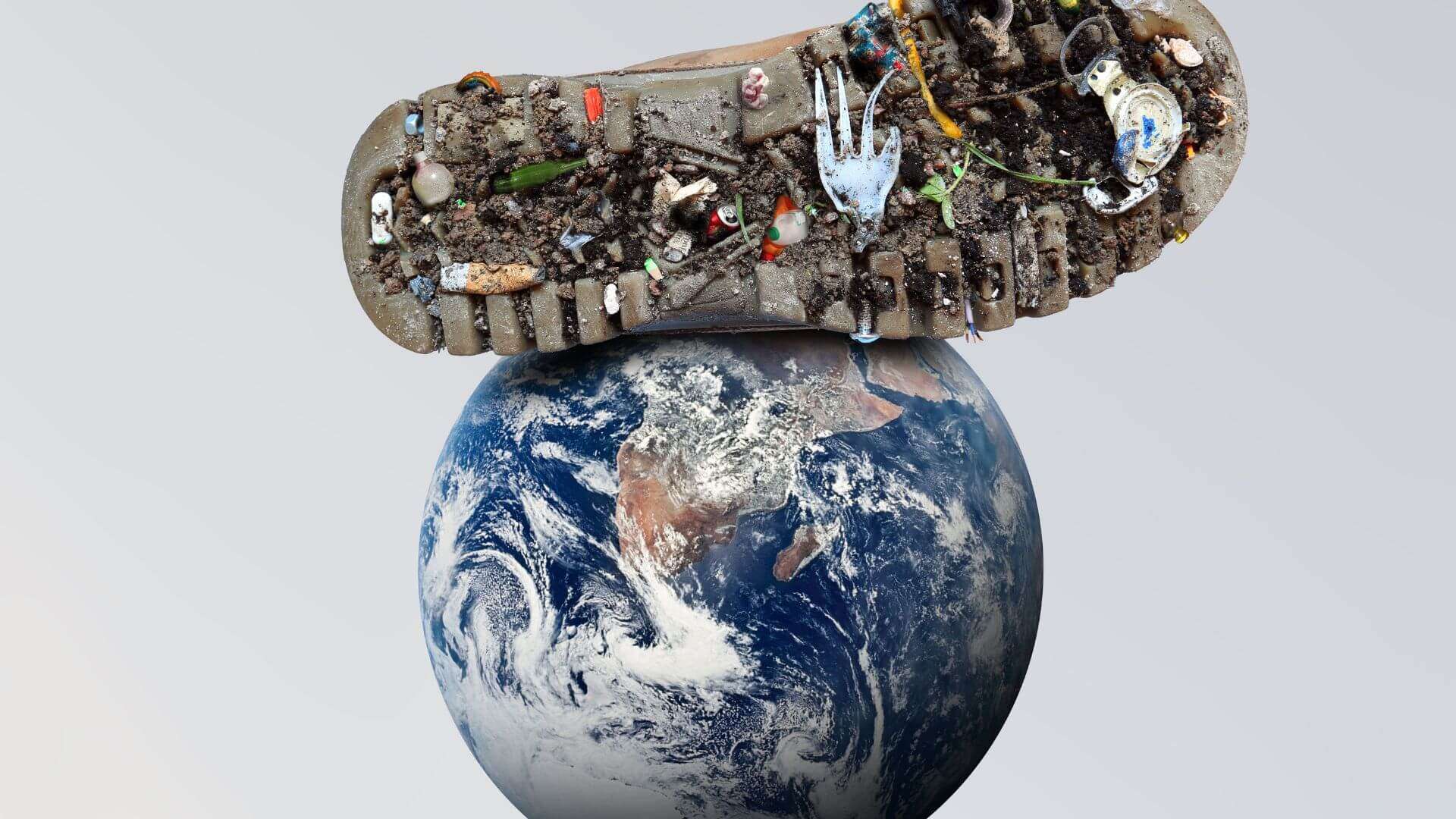A new study links an increase in soot in Antarctic ice cores to the burning practices of Maori in New Zealand more than 700 years ago.
Several years ago, while analyzing ice core samples from James Ross Island in Antarctica, scientists Joe McConnell, Nathan Chellman, and Robert Mulvaney discovered something unexpected: a substantial increase in soot levels that began around the year 1300 and which continued to this day.
Soot, or black carbon, is a light-absorbing particle that comes from combustion sources such as biomass burning (for example, forest fires) and, more recently, from fossil fuel combustion. Working in collaboration with an international team of scientists from the UK, Austria, Norway, Germany, Australia, Argentina, and the US, McConnell, Chellman, and Mulvaney set out to discover the origins of this strange increase in black carbon captured in the ice. Antarctica.
The team’s findings, published this week in Nature, point to a source no one expected: ancient Maori land burning practices in New Zealand, carried out on such a scale, that they impacted the atmosphere in much of the southern hemisphere. and they dwarfed other pre-industrial emissions that had occurred in the region over the past 2,000 years.
“The idea that at that point in history humans caused such a significant change in atmospheric soot levels through their land clearing activities is quite surprising,” said McConnell, who led the study. We used to think that by going back a few hundred years we might see a pristine pre-industrial world, but it’s clear from this study that humans have been impacting the environment over the Southern Ocean and Antarctic Peninsula for at least the last 700 years.”
To accurately identify the source of the soot, the researchers analyzed a series of six ice cores collected from James Ross Island and mainland Antarctica using an analytical system first developed in McConnell’s lab in 2007. The ice of James Ross Island showed a marked increase in soot beginning in the 1300s, with levels tripling over the next 700 years and peaking during the 16th and 17th centuries, levels measured at various points on continental Antarctica. during the same time period, they remained relatively stable.
Andreas Stohl, de la Universidad de Viena, llevó a cabo simulaciones de modelos atmosféricos de transporte y deposición de carbono negro alrededor del hemisferio sur que respaldan los hallazgos. «A partir de nuestros modelos y del patrón de deposición sobre la Antártida observado en el hielo -explica-, está claro que Patagonia, Tasmania y Nueva Zelanda fueron los puntos de origen más probables del aumento de las emisiones de hollín a partir del 1300».
To further refine the result, the scientists consulted all available records of ancient fires in each of the three regions. And in the end, only one viable possibility remained: New Zealand, where charcoal records showed a major increase in fire activity beginning in the 1300s. This date coincides with the estimated arrival, colonization, and subsequent burning of a large part of the forested areas of New Zealand by the Maori people.
A surprising conclusion, given the relatively small area of New Zealand and the distance (nearly 7,300 km) that the smoke had to travel to reach the site where the ice core was mined on James Ross Island.
“Compared to natural burning in places like the Amazon, or southern Africa or Australia, you wouldn’t expect Maori burning in New Zealand to have a big impact, but over the Southern Ocean and the Antarctic Peninsula,” he says. Nathan Chellman part. To be able to use ice core records to show impacts on atmospheric chemistry that spread across the Southern Ocean, and to be able to attribute that to the arrival and settlement of Maori in New Zealand 700 years ago was truly amazing.”
The importance of the findings
These findings are important for several reasons. First, the results have important implications for our understanding of Earth’s atmosphere and climate. modern climate models, rely on accurate information about past climate to make projections for the future, especially about emissions and concentrations of soot, which absorbs light and is linked to Earth’s radioactive balance. Although it is often assumed that human impact during pre-industrial times was negligible compared to background or natural burning in fires, this study provides new evidence that emissions from man-made burning have impacted Earth’s atmosphere. and possibly its climate much earlier, and on much larger scales than previously imagined.
Second, the remains of biomass burning are rich in micronutrients such as iron. Phytoplankton growth in much of the Southern Ocean is nutrient-limited, so the consequences of the large Maori burns likely resulted in centuries of increased phytoplankton growth over large areas of the southern hemisphere.
And third, the results refine what is known about the timing of Maori arrival in New Zealand, one of the last habitable places on Earth to be settled by humans. Maori arrival dates based on radiocarbon dates range from the 13th to the 14th century, but the most accurate dating possible from ice core records points to the start of large-scale burning by early Maori in New Zealand in 1297, with an uncertainty of just 30 years.
“From this study,” says McConnell, “and from other previous work our team has done, such as the 2,000-year-old lead contamination in the Arctic caused by ancient Rome, it’s clear that the ice core records are extremely valuable for learning about past human impacts on the environment. Even the most remote parts of the Earth were not necessarily pristine in pre-industrial times.”
